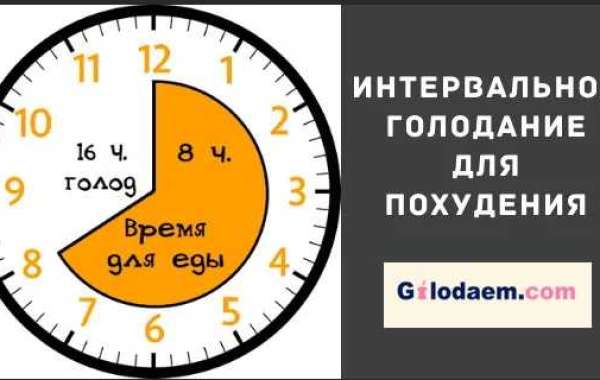Ultrasonic transmitters are devices that emit high-frequency sound waves beyond the range of human hearing. They are widely used in various applications, ranging from industrial to medical fields. This comprehensive guide aims to provide a detailed understanding of what an ultrasonic transmitter is and how it works. We will explore the principles behind ultrasonic waves, the components and operation of an ultrasonic transmitter, its applications, and the benefits it offers in different industries.
Understanding Ultrasonic Waves:
Ultrasonic waves are sound waves that have frequencies above the upper limit of human hearing, typically above 20,000 Hz. They propagate through a medium, such as air or water, as a series of compressions and rarefactions. These high-frequency waves have unique properties that make them suitable for various applications, including their ability to travel long distances, penetrate certain materials, and interact with objects in their path.
Components and Operation of an Ultrasonic Transmitter:
An ultrasonic transmitter typically consists of the following key components:
a. Transducer: The transducer is the core element of the ultrasonic transmitter. It converts electrical energy into ultrasonic sound waves. Piezoelectric crystals or ceramics are commonly used as transducer materials. When an electric signal is applied to the transducer, it undergoes mechanical deformation, producing ultrasonic vibrations.
b. Driver Circuit: The driver circuit is responsible for providing the necessary electrical signals to the transducer. It generates the high-frequency electrical pulses required to create the ultrasonic vibrations.
c. Housing and Protective Elements: The transmitter is enclosed in a housing that protects the components and facilitates mounting or integration into different systems or devices. Additionally, protective elements such as a cover or membrane may be used to shield the transducer and enhance its performance.
The operation of an ultrasonic transmitter involves the following steps:
Step 1: Electrical Signal Generation - The driver circuit generates high-frequency electrical pulses, typically in the range of several tens of kilohertz to several megahertz, depending on the specific application requirements.
Step 2: Transducer Activation - The electrical pulses are sent to the transducer, which converts them into mechanical vibrations. These vibrations propagate through the medium as ultrasonic waves.
Step 3: Ultrasonic Wave Emission - The ultrasonic waves radiate outwards from the transducer into the surrounding medium, forming a wavefront. The shape and direction of the wavefront depend on the design and orientation of the transducer.
Applications of Ultrasonic Transmitters:
Ultrasonic transmitters find extensive applications in various fields, including:
a. Distance Measurement and Proximity Sensing: Ultrasonic transmitters, combined with receivers, are commonly used in distance measurement and proximity sensing applications. By measuring the time taken for the ultrasonic waves to travel to an object and back, the distance or presence of the object can be determined accurately.
b. Non-Destructive Testing: Ultrasonic transmitters are used in non-destructive testing (NDT) to detect defects or irregularities in materials, such as metal or concrete. Ultrasonic waves are sent into the material, and the reflections or echoes from the interfaces or defects are analyzed to assess the material's integrity.
c. Cleaning and Disinfection: Ultrasonic transmitters are utilized in ultrasonic cleaning systems for efficient and thorough cleaning of delicate items, such as jewelry, electronic components, and medical instruments. The ultrasonic waves create microscopic cavitation bubbles, which implode upon contact, providing intense cleaning action.
d. Animal Deterrence: Ultrasonic transmitters are employed in wildlife management to deter animals or pests. Certain animals, such as rodents or insects, are sensitive to high-frequency sound waves, and the emitted ultrasonic waves can repel them without causing harm.
e. Medical Imaging: In medical applications, ultrasonic transmitters are used in ultrasound imaging systems. The transmitters emit ultrasonic waves that penetrate the body tissues, and the reflected waves are captured by a receiver to create detailed images of internal structures.
Benefits of Ultrasonic Transmitters:
Ultrasonic transmitters offer several advantages in different applications:
a. Non-Intrusive: Ultrasonic waves can propagate through various materials, including liquids and solids, without the need for direct contact. This non-intrusive nature makes ultrasonic transmitters suitable for applications where physical contact may not be feasible or desired.
b. High-Precision: Ultrasonic transmitters can provide accurate measurements or imaging with high precision, making them valuable in applications that require precise detection or imaging capabilities.
c. Versatility: Ultrasonic transmitters can be adapted to different frequencies, power levels, and configurations, allowing for versatility in addressing various application requirements.
d. Safe and Environmentally Friendly: Ultrasonic waves are generally considered safe for humans and the environment, as they are non-ionizing and do not produce harmful radiation.
Conclusion:
Ultrasonic transmitters play a vital role in a wide range of applications, harnessing the unique properties of ultrasonic waves. By understanding the principles behind ultrasonic waves, the components and operation of an ultrasonic transmitter, and its diverse applications, professionals in different industries can harness the power of ultrasonics for distance measurement, testing, cleaning, imaging, and more. The versatility, precision, and safety offered by ultrasonic transmitters make them indispensable tools in numerous fields of science, technology, and industry.














